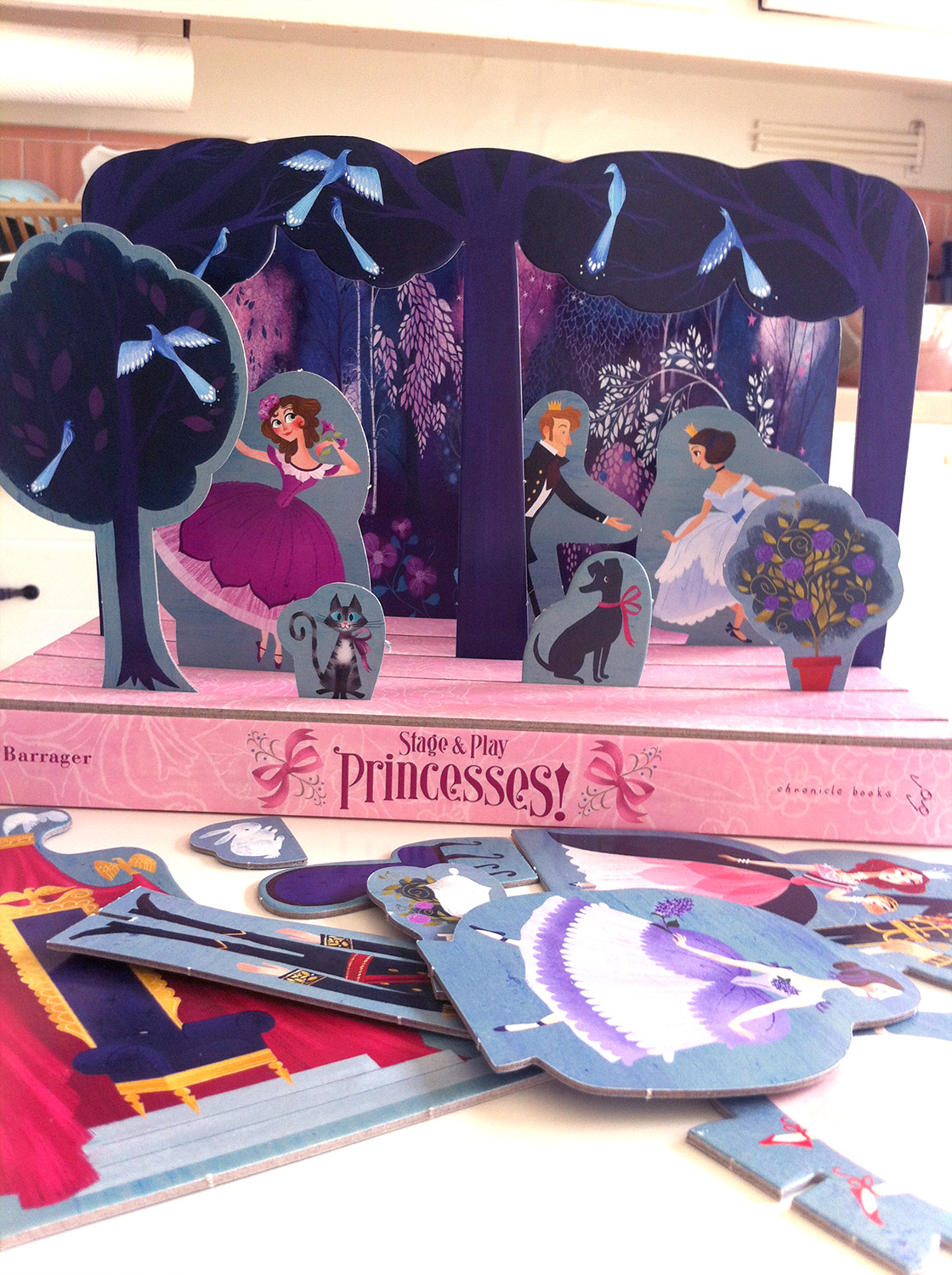Each module
that I have come across has been really challenging and has taught me different
things each time. This responsive module has definitely been a challenge, but
it has also been one that I have really enjoyed the most so far as well. One of
the reasons why I found this module the most benefitting so far since starting
my degree, is because it has made me apply myself into the real world of work
and has therefore been really useful in providing me an insight to what it
would be like working out of education, with real clients and real briefs and
preparing me for it, which is really what its all about at the end of the day!
I also
liked the freedom of being able to choose our own briefs for this module. For
example, the projects I chose were the ones that I thought would be most useful
for me, the ones that were based on my interests, the work that I wanted to
gain the experience of doing and the skills that I wanted to improve. Choosing
my own briefs and trying out different ones have also given me an idea of the
kind of work that I definitely enjoy doing, and also helped to identify my
strengths and weaknesses as a creative and a designer/illustrator. For example,
I now know that I am not as good when it comes to packaging design/layout or that
I am not as good at designing something for the more mature, older audiences.
Although I don’t want to limit myself with the kind of work and the audience
that I work to, I know, and it is evident from the outcomes of the projects
that I have taken that my work is a lot stronger when I have younger
people as the target audience. I also think that the visual aesthetic that I
like to work in is better suited for them.
Out of all
the other modules that I have completed over the two years of my degree, I
believe that this module has been the one that has taught me the most. Time management,
organisation, punctuality, communication, decision-making, are a couple of
things that this module has thrown at me. Having a lot of different projects
going on simultaneously, forced me to think in a more organised manner. This
module has somewhat trained my brain to plan ahead of time, to ensure that I
was able to tend to other projects and give it equal attention. On the whole, I
realised that time management is key for success for everything you do.
Pressure of
working for real clients, I felt, was a lot more intense than the big
competition briefs. This caused me to discipline myself more with my
punctuality and I felt I was more motivated to do the work. With my working
professional mindset turned on, I wanted to leave them satisfied with my
service, so that hopefully they would come back to me for further design work
if and when required. My attitude towards the competition briefs was slightly
different. I didn’t feel the same kind of pressure of the deadlines or from the
competition organisers. Because of this, I knew that I wouldn’t let anyone down
(except myself) if I didn’t complete the briefs. Despite this, my competitive
personality still wanted me to do well. So I applied myself with the same kind
of enthusiasm and completed the briefs to the best of my ability. I had looked at more briefs too, as evidenced on my blog, but I found that I was balancing too much work and simply did not have time to do them.
Overall, I
feel that this module has been really insightful and enjoyable. It has taught
me a lot about what it would be like working out of education, and how I should
go about dealing with it. Due to the fact that I had to keep in constant
contact with my clients, I also believe my communication skills have improved a
whole lot over the course of this module. Whether it is face to face, over the
phone or via email, I feel that I am a lot more confident in talking to people.
I feel that I am now able to conduct myself more professionally, and to produce
work and present them at a more professional standard.












